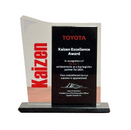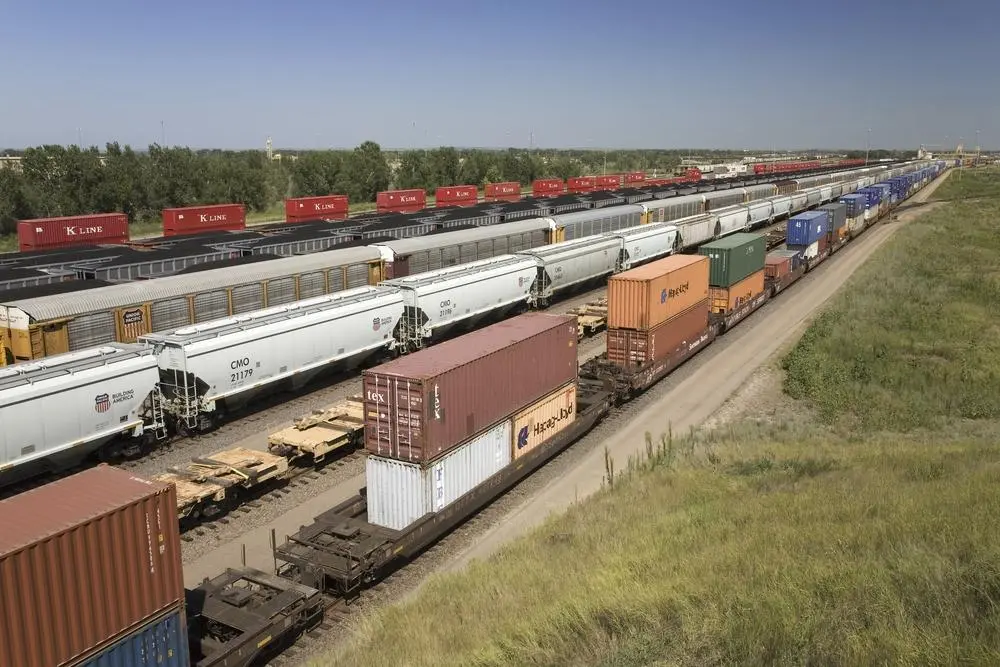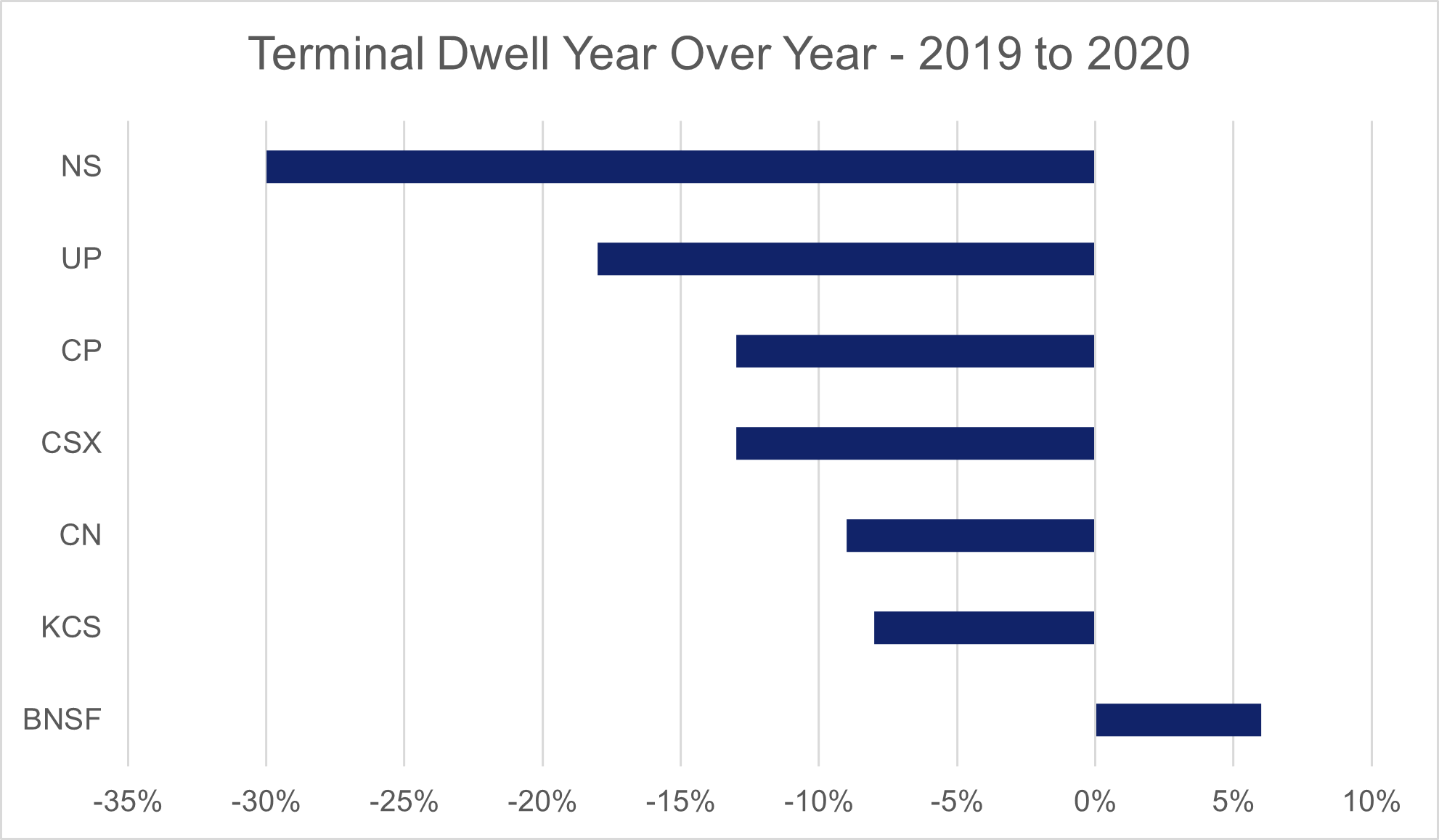Media Sharing
Get More from ICL Directly to Your Inbox



Premier visibility for railcar tracking & management
Trusted 3PL expertise for finished vehicle logistics
End-to-end visibility for finished vehicle shippers
Turnkey solution to manage your yard operations
Optimize or design your transportation network with ease
Streamline your load for maximum efficiency
Even more custom service solutions to support all your logistics needs
We're proud to be a leader in product visibility and invoice auditing solutions throughout the logistics supply chain. Learn more.
Looking to join our team of award winning experts? Check out our open positions now.
We want to hear from you! Get in touch with us today.
For the fine print on our privacy policy, cookies and data, & more.
See how we keep your data safe with certified security practices, secure systems, and constant monitoring.

Do you ever hear about Precision Scheduled Railroading and wonder what it’s about? This article is the second in a two-part series, defining Precision Scheduled Railroading, examining the historical context of PSR, and analyzing the potential impacts on shipment tracking and management, both positive and negative.
The previous best practice for Railroad Logistics Management was a “hub and spoke” model focusing on the trains, not the cars. Railcars move through central yards as they progress from origin to destination, with trains connecting each “hub” yard when hubs had built a sufficient traffic volume to reach the next yard. Many of these yards were “hump” yards, where cars are classified into different tracks based on the next destination. As the railways moved to a “point to point” model, where Precision Railroading is operated, some of these smaller yards were bypassed altogether and either closed entirely or converted from a hump yard to a flat switching yard is faster. The result was a reduced dwell time in terminals across the network and increased train speed since trains do not have to make as many stops en route to the destination.
Railroad Operations Management prioritizes consistency of the operating schedule above all else under PSR. The theory is that if trains operate consistently, a lot of the other problems resolve themselves. For example, if there is a train running from A to B at the same time every day, the mirror train that runs from B to A will always have a consistent crew and locomotive power. The old model where trains planned to run only when enough traffic had accumulated. As discussed in our previous article, this is good news for shippers – more focus on the operating schedule between central yards should result in more consistent, reliable service delivering goods to customers. This is also fed down to customers operating on a more reliable service to meet their delivery expectations better.
The chart below illustrates terminal dwell time improvements from 2019 to 2020 for all Class 1 railways. The BNSF is the only Class 1 not operating on a PSR model.

Shippers have been vocal in complaints to the Surface Transportation Board (STB) about their negative experiences with PSR implementations.
In the business of goods from A to B, having fewer employees might mean a reduced ability to recover when things go wrong. When a train crew reaches their Hours-of-Service limits before their train reaches its destination or the work done at their railroad-served industry is completed, they must find a relief crew to bring the train in or complete the required work. During the COVID-19 pandemic, having employees off or being unable to work might have resulted in industry switch jobs being annulled because there weren’t employees available to fill the positions.
Another area where railroads have struggled, particularly in shared-asset industries such as finished vehicles and forest products, involves the problems with railcar supply. The number of railcars in the fleet of bi-level automobile carrier railcars has remained stable over the past decade. During that period, TTX, the company that manages this pool of railcars for the railroad industry, tells the industry that loaded transit times need to improve to keep the fleet cycling and mitigate the shortages shippers see when manufacturing is running normally. Why does this occur?
Faster train speeds and decreased terminal dwell times are great metrics for the railroad as leading operating efficiency indicators. Still, they do not measure how long a shipment is a total from waybill at origin to placement at unloading at destination. Shippers are more concerned with the end-to-end transit time than dwell in a specific yard. Particularly in the current environment, where shippers control 70% of the railcars in North American, either through leasing or ownership, every day in transit lost means a short empty car supply when it returns.
With the implementation of Precision Scheduled Railroading, some dedicated vehicle trains no longer operated. Finished vehicle traffic moved with other freight on longer, slower trains. Compared to the 2019, overall shipment speed in key corridors from Kansas City and Chicago to the west coast has increased by 2.6 – 3.9 days.
Transportation doesn’t have the kind of brand loyalty that consumer industries have. Even though most market regions and facilities have rail service options, the number of options is limited. There is a little bit of overlap in certain areas, but for the most part, rail service is a duopoly across North America. Despite this, shippers and railroads have a long history of collaborating to move goods from origins using more than one railroad, even when a facility may have only one carrier servicing a facility directly.
However, shippers of all different commodities have become increasingly vocal about their rail service complaints since Precision Scheduled Railroading. The Association of American Railroads, the railroad industry’s trade organization, has expressed concern about the possibilities of some government re-regulation.
For the short term, those shippers with options to use modes other than rail without incurring enormous costs or adding extended time in transit to their supply chains will find alternatives. In the case of finished vehicle shipments, the increase in the use of short sea transportation out of Mexico to East, West, and Gulf coasts ports that we’ve seen over the past few years will likely increase in response to railcar supply issues and border congestion issues affecting Mexican assembly plants.
What is more likely than re-regulation over the next decade is the emergence of technology for successful autonomous electric trucks, which several deep-pocketed entities are working on: An example of this is the Tesla Semi currently in development, which has orders from Walmart and Amazon.
Haven’t read Part 1? We examinine the historical context of PSR, and analyze the potential impacts on shipment tracking and management, both positive and negative.
ICL offers software and 3PL services that can help shippers reduce the cost and complexity of shipping by rail; you can contact our sales team or visit our page on our rail products.


